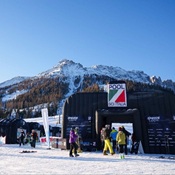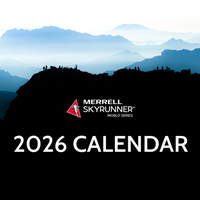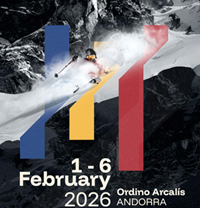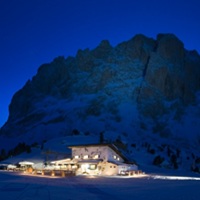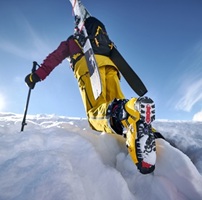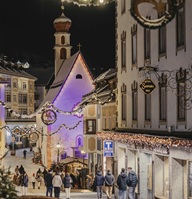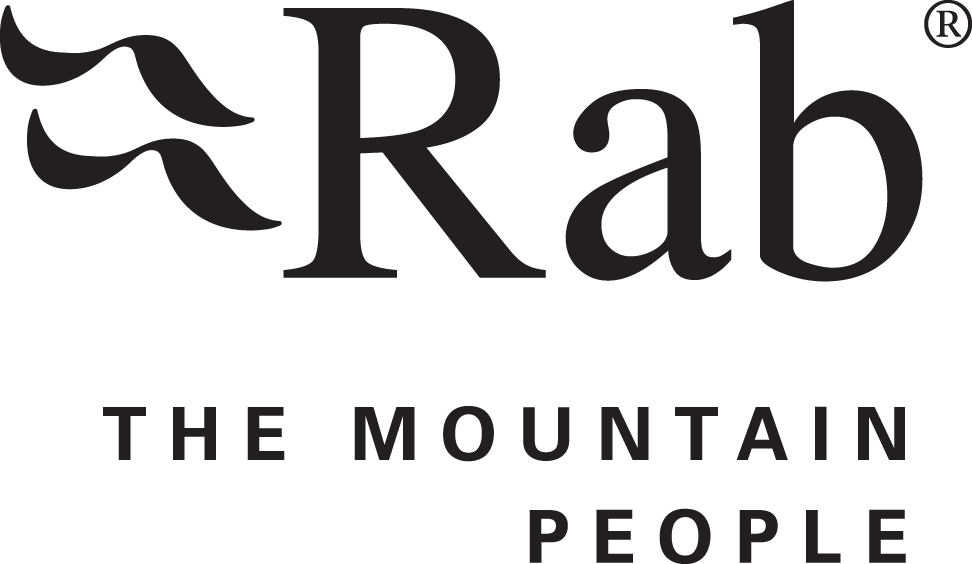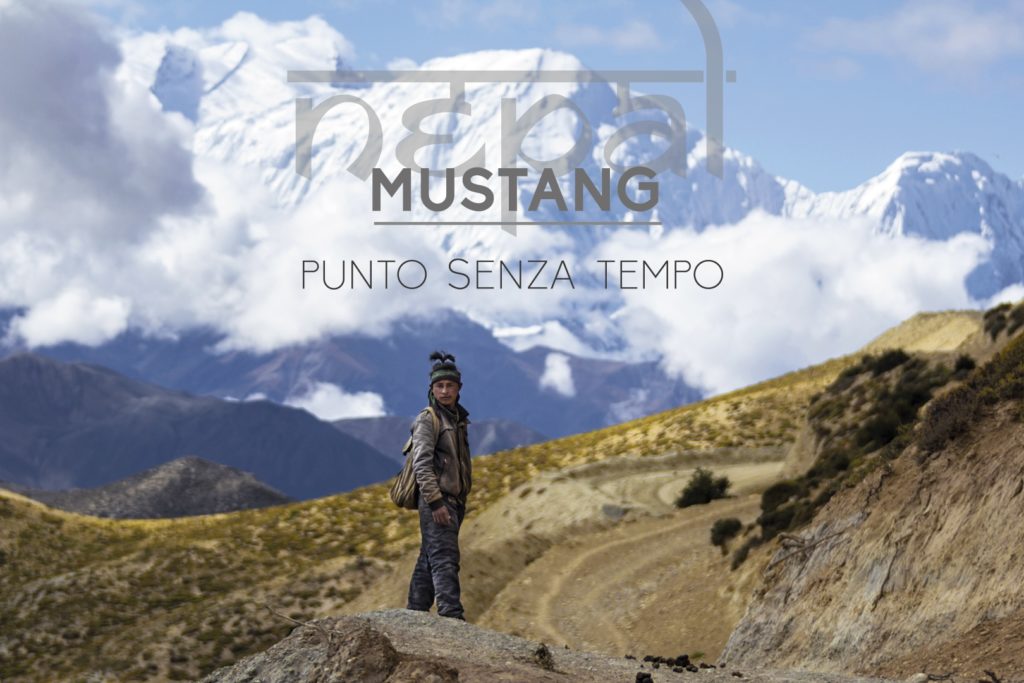
The IPA (International Photography Awards) is one of the most prestigious international photography competitions, attended every year by professional and non-professional photographers presenting works in diverse categories: advertising, cinema, architecture, publishing, nature and people, to mention just the principle ones.
Stefania Gentili has received an Honorable Mention in the category ‘Non-Professional: Book, Documentary’ – one of just six recipients of this acknowledgment – for her photographic book ‘Mustang – Punto Senza Tempo’: a photo report with short texts that narrates a journey in the Nepalese Himalayan district of Mustang in 2019, a project to document the profound changes wrought on the environment and populations by shifts in the climate.
We interviewed Stefania – who also contributes to Mountainblog and is working with us to prepare an experiential journey through Nature – to hear from her what led to this photographic project and ultimately to such an important result.
What drives a photographer to participate in this kind of competition?
The IPA Photography Awards are very prestigious international recognition for photographers.
One of the positive aspects of the modern sharing of digital photography is the opportunity for non-professional photographers like me to gain access to competitions of this kind. When participating in this type of contest, clearly the goal is to aim for the top. Personally, I believe that it is not the level of prestige of the competition that determines the photographer’s work, but rather the intensity of intent with which one presents a project. In my case, I feel strongly that my photographic works are a direct reflection of the values I believe in, of my approach to travel, my work and my whole life. Participating in this kind of contest means giving oneself the chance to share these values. Then, if the competition boasts the significant prestige that IPA does, I can definitely say that I’m well on my way!”
Why did you choose the Mustang district to reveal the signs of climate change?
The remote Himalayan regions have always aroused in me a profound spiritual and cultural attraction. The Mustang district has been studied by great explorers such as Tucci, Peissel and Terzani, among others. Following a trip to this region, in 2013 the documentary journalist Stefano Ardito published the book ‘Mustang, Himalaya che cambia’, which tells the story of entire villages forced to migrate within their country due to changes in climate and environmental conditions.Life in the Himalayas depends on delicate natural balance. Places so ecologically vulnerable feel global variations more keenly than others. This generated additional interest for me, urging me to an even deeper level of study, driven by my scientific and naturalistic education.
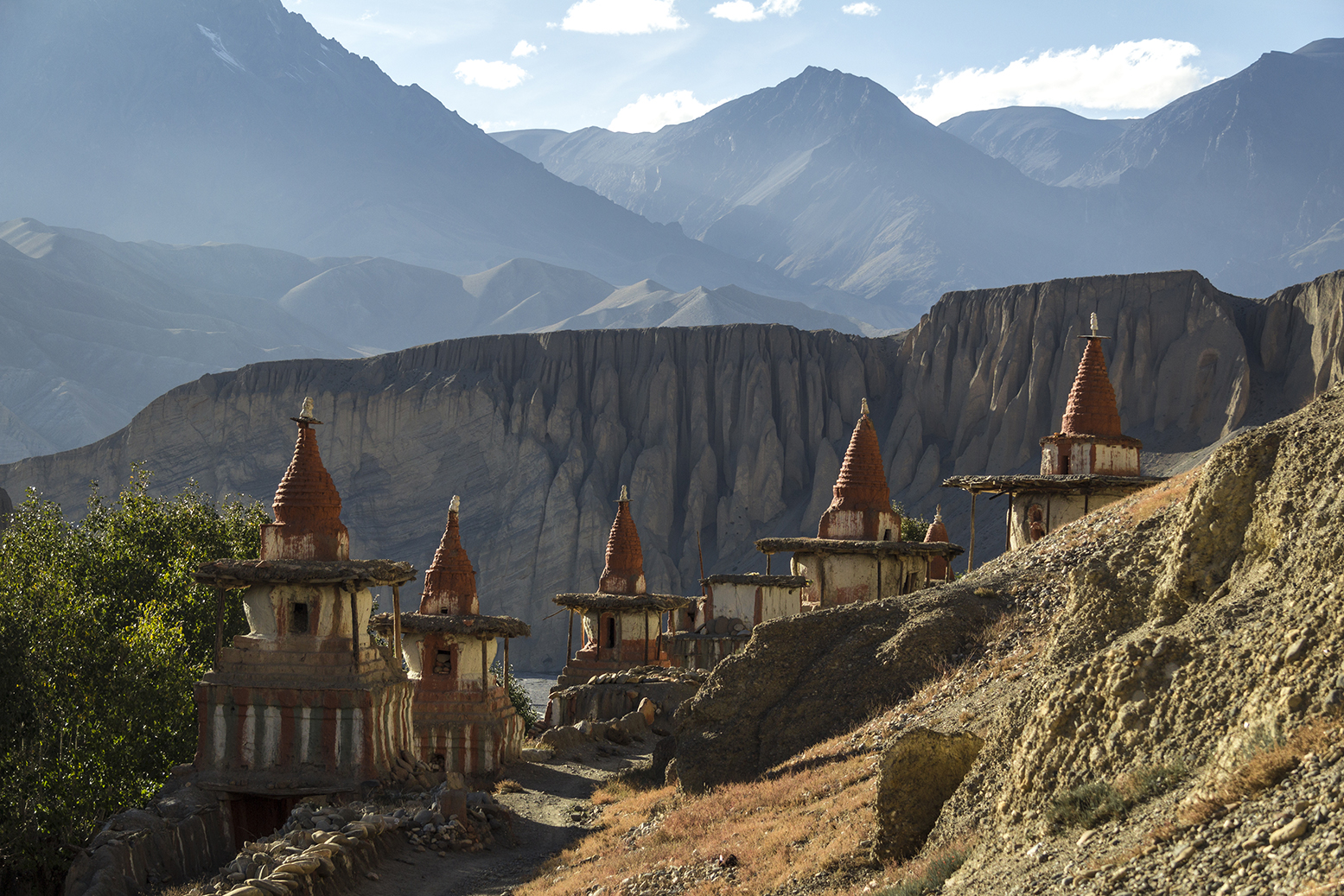
What kind of trip was it and how did it affect your photographic work?
The Mustang region is part of the Annapurna Conservation Area. Only a limited number of visitors is admitted per year, and permission to enter costs 500$ for 10 days, plus 50$ for every day beyond that. We arranged the trip so that we could travel the entire region on foot. For the first part of the trek we climbed the valley of the Kali Gandaki River from south to north to reach the capital Lo Manthang, then descended the valley on the left bank to get to Muktinath.
The time to obtain documentary material was very limited since it was a trek with very long daily stages. During the interviews it was necessary to get straight to the point and with the camera I had to point and shoot, always trying to catch the right time and the right conditions. None of the photographs in the report was taken in ‘studio’ conditions, only in the circumstances (lights, shadows, availability of subjects, etc.) I found myself in at any given moment.
Why ‘Timeless Point’?
When we were planning the trip in May 2019,the other members of the expedition and I spent days working on the trek itinerary. By tracing paths with digital apps, we realized that for certain locations the map showed the definition ‘timeless point’. Technically, this is because the GPS tracks are files comprising a long list of data, which include the geographical coordinates of the waypoints, elevation, and date and time of survey. When the detected track does not display the timestamp, the points on the map are marked ‘timeless point’. Absorbed in studying the route for the expedition, we found this definition highly evocative and a perfect description for the destination of our journey. And when we got there it was confirmed. ‘Timeless Point’ is the perfect image of the evocative valley of the Kali Gandaki River: a place where the ancient Tibetan gompas, isolated villages and high windy passes wipe out any spatial and temporal reference for those who cross it…
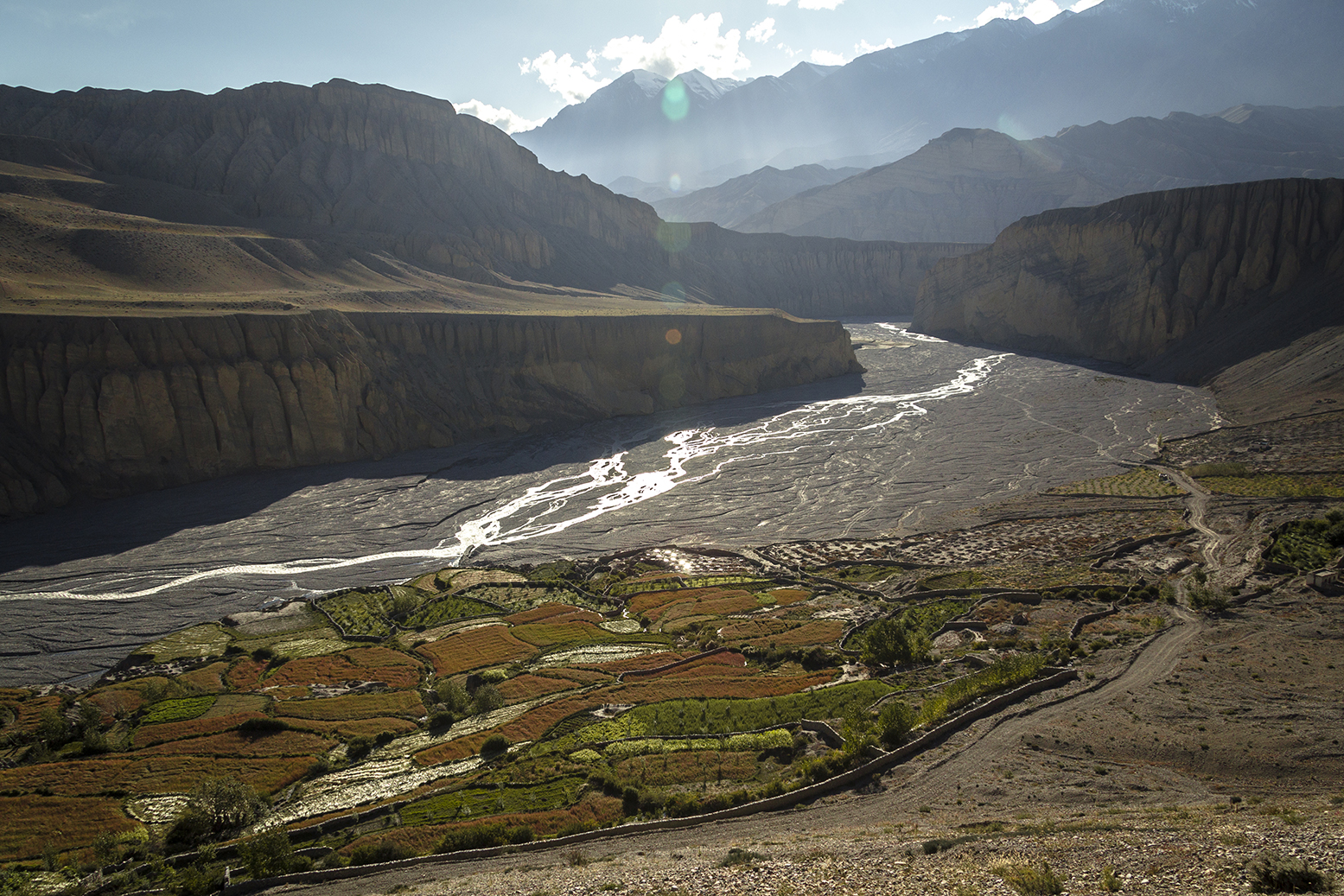
What is happening in those remote regions, in terms of climate crisis, and what impact does it have on the lives of local people?
In recent years, several factors are causing the Himalayan regions to experience radical changes. The value of the Mustang territory, rich in history and a millenarian culture, risks disappearance, threatened by advancing desertification and mass tourism. The constantly changing geopolitical situation undermines its stability, while the construction of a busy highway from China is putting a strain on its territorial integrity. From the environmental point of view, the weak point is water. The entire territory is characterized by a desert landscape, with sparse vegetation. The only water that flows on the surface is in streams originating from melting snow, fed by the rains, which flow into the great Kali Gandaki River. The global increase in temperatures has a direct impact on the rise of the snow line and the consequent lowering of water levels in aquifers. This determines the geographical displacement of the natural springs: those at higher altitudes dry up, forcing entire villages to leave the high lands in search of the springs at lower altitudes.
How did the evidence of local Buddhist spirituality affect your perception of what you were photographing?
Spirituality is an integral part of the daily lives of people living in this region. Its religious history is rooted in the Bon tradition prior to the Buddhist one. The Mustang region was a kingdom closed to visitors for hundreds of years and this has allowed ancient traditions, as well as traditional religious art, to survive unaltered away from modernity and ‘westernization’. It is a place full of stories and legends, tales of the enterprises of Great Saints (Guru Rinpoche, Padmasambhava, is said to have defeated here the demon who plagued the Tibetan plateau), where wise men of the caliber of Milarepa retreated to meditate. Each stone breathes the most subtle breath of the Earth that aspires to Heaven, with its rarefied air of a plateau surmounted by Giants. Each step in rhythm with the slow and constant human breath is an expression of the incessant sound of the sacred Mantra Om Mani Padme Hum, engraved on the Mani stones carved by artisans of all times. This is almost invisible yet palpable. Photography here can only become an expression of the creative spontaneity that arises when intellectual and mental effort are set aside, leaving simply a being of that moment.
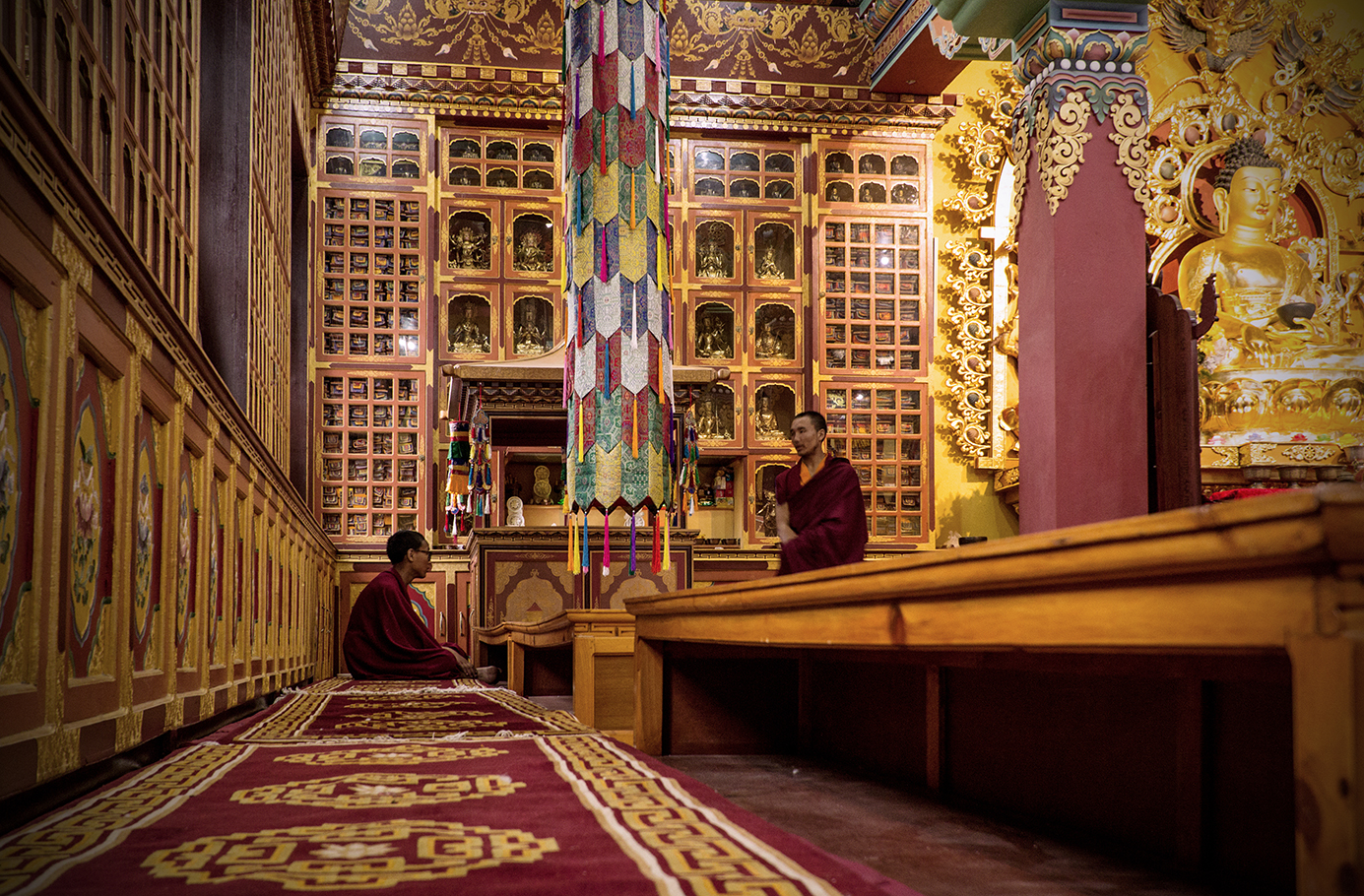
A journey is change and one always returns changed: what has this experience left you, both personally and professionally as a photographer?
The act of photographing induces in me a deep sense of presence. A state of being unaffected by mental conditioning. This sense of fullness was deeply satisfied during the my experience in Mustang. The spiritual intensity of the place and my intense path of spiritual research contributed to this feeling. It was the journey I had wanted all my life. It was the destination that called out to me. I have put all my heart and soul into every single shot taken. This Honorable Mention from one of the most important international photographic competitions lets me think that the leap into professional photography is possible: not for the technical skills or equipment I own, but for my ability to be present and feel deeply every single project I will decide to work on in the future.
>Stefania Gentili Photography >
Interview of Andrea Bianchi – Mountainblog


